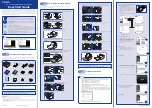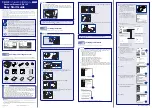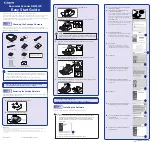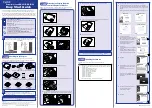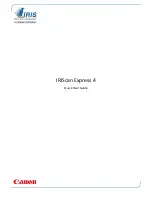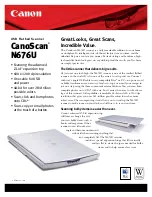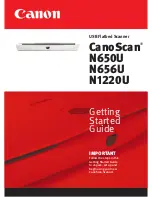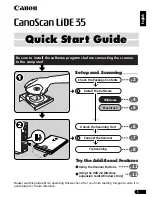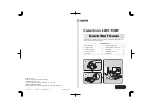
• • • • • • • • • • • • • • • • • • • • • • • • • • • • • • • • • • • • • • • • • • • • • • • • • • • • • Safety – iii
• • • • • • • • • • • • • • • • • • • • • • • • • • • • • • • • • • • • • • • • • • • • • • • • • • • • • Safety Precautions
!
Battery acid is a highly corrosive sulfuric acid.
• Wear safety goggles and protective gloves, user and
bystander. Everyday eyeglasses only have impact resistant
lenses, they are NOT safety glasses.
• Make sure someone can hear you or is close enough to
provide aid when working near a battery.
• Have plenty of fresh water and soap nearby. If battery acid
contacts skin, clothing, or eyes, flush exposed area with
soap and water for 10 minutes.
• Seek medical help.
• Do not touch eyes while working near battery.
Battery acid can burn eyes and skin.
Risk of fire.
• Wear safety goggles and protective clothing, user and
bystander. Everyday eyeglasses only have impact resistant
lenses, they are NOT safety glasses.
• Do not position head directly over or in front of throttle
body. Do not pour gasoline down throttle body when
cranking or running engine, when working with fuel
delivery systems or any open fuel line. Engine backfire can
occur when air cleaner is out of position.
• Do not use fuel injector cleaning solvents when performing
diagnostic testing.
• Keep cigarettes, sparks, open flame and other sources of
ignition away from vehicle.
• Keep a dry chemical (Class B) fire extinguisher rated for
gasoline, chemical and electrical fires in work area.
Fire can cause death or serious injury.
Risk of flying particles.
Wear safety goggles while using electrical equipment.
Electrical equipment or rotating engine parts can cause
flying particles.
Flying particles can cause eye injury.
Risk of burns.
Batteries can produce a short-circuit current high enough to
weld jewelry to metal. Remove jewelry such as rings,
bracelets and watches before working near batteries.
Short circuits can cause injury.
Risk of burns.
• Do not remove radiator cap unless engine is cold.
Pressurized engine coolant may be hot.
• Do not touch hot exhaust systems, manifolds, engines,
radiators, sample probe, etc.
• Wear insulated gloves when handling hot engine
components.
• Tester leads can become hot after extended testing in close
proximity to manifolds etc.
Hot components can cause injury.
!
WARNING
!
WARNING
Содержание Super AutoScanner CP9145
Страница 1: ...6XSHU XWR6FDQQHU 3 3 8VHU V 0DQXDO...
Страница 8: ...Safety Precautions Safety vi...
Страница 20: ...Getting Started 1 10 1 Getting Started Notes...
Страница 79: ...A 9 Data Link Connectors A Data Link Connector Notes...
Страница 80: ...Data Link Connectors A 10 A Data Link Connector Notes...
Страница 87: ...B 7 Glossary B Glossary Notes...
Страница 88: ...2004 ACTRON MANUFACTURING CO All rights reserved 0002 004 2421...





















